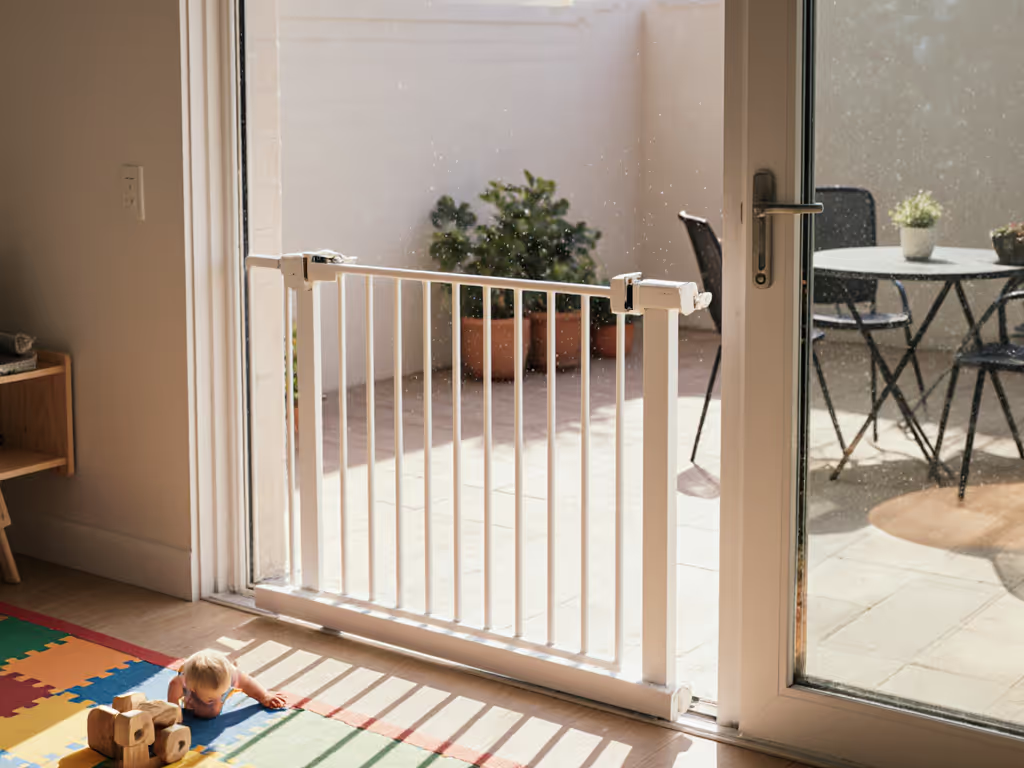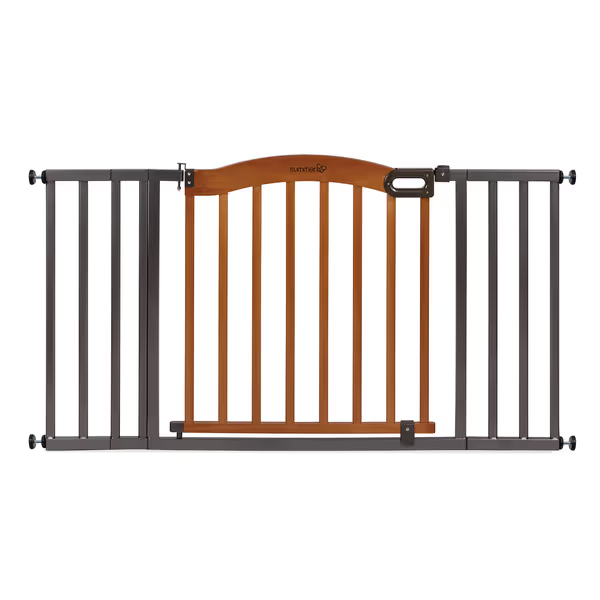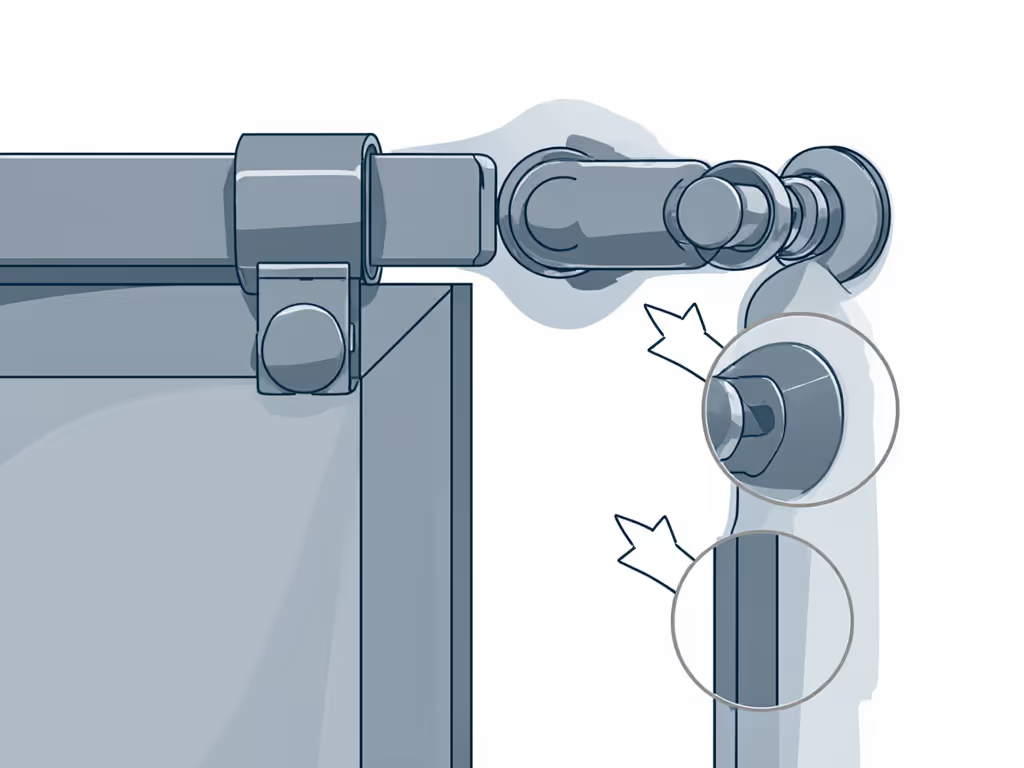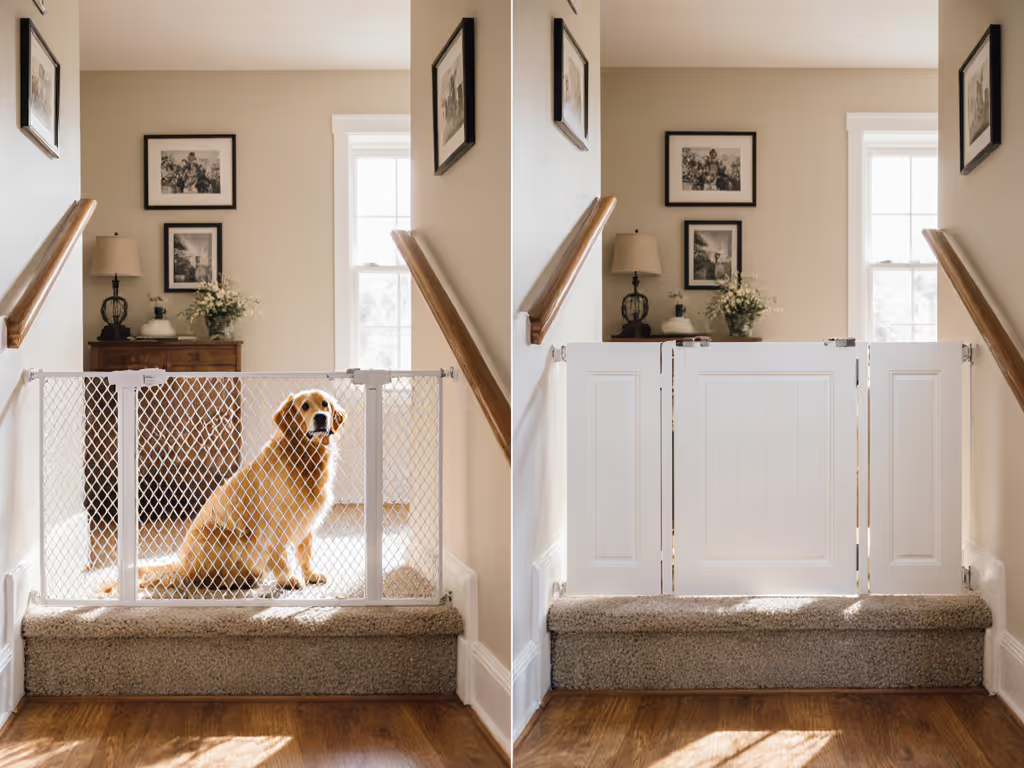
Sliding Door Baby Gate Alternatives: No Drilling Needed

When standard sliding door baby gate alternatives feel clunky or require drilling that risks your security deposit, it's time for smarter patio door safety solutions. As a former infant-room lead and babyproofing workshop host, I've seen parents exhausted by gates that disrupt household flow (especially when juggling pets and little ones). Forget one-size-fits-all fixes. Today, we'll tackle your sliding glass door challenges with low-friction solutions that prioritize safety and seamless living. Because Practice builds safety when habits feel effortless, not exhausting.
Why Standard Gates Fail Sliding Doors
Sliding glass doors create unique headaches: smooth surfaces, minimal frame depth, and pet traffic zones. Pressure-mounted gates often slip on slick tracks, while hardware-mounted options threaten rental agreements with visible holes. For a deeper breakdown of renter-safe mounting choices, see our pressure vs hardware guide for rentals. Worse, parents I've coached report:
- Threshold tripping when carrying toddlers or laundry
- Pets shoving gates open (especially determined dogs)
- Awkward latches requiring two hands mid-snack
- Visual clutter clashing with clean-lined decor
These aren't user errors, they are design mismatches. Let's fix them with your specific space in mind.
Your Top Questions Answered (The Caregiver-Smart Way)
"Can I truly avoid drilling for sliding door safety?"
Yes - if you match the solution to your door's architecture. Pressure-mounted gates can work securely on sliding doors with adequate frame depth (at least 1.5 inches). The trick? Distribute pressure points away from delicate glass edges. Look for models with:
- Adjustable tension knobs that grip the track lip, not the glass
- Rubberized foot pads preventing slippage
- Lateral stability bars resisting side-pull pressure from curious toddlers
Pro Tip: Measure your track's usable depth (where hardware can sit without obstructing the slider) before purchasing. If depth is under 1.25", skip standard pressure mounts. Try Door Buddy-style latches instead (more below).

Summer Infant Anywhere Decorative Walk-Thru Gate
"How do I keep cats in but toddlers out?"
Pet-friendly glass door childproofing requires layered solutions. Never rely only on a cat-flap gate, toddlers quickly learn to push through or climb over. Instead:
- Anchor the primary barrier at adult hip height (32"+) using a pressure-mounted gate like the Summer Infant Anywhere Gate. Its charcoal metal accents blend with modern sliding doors while the one-hand latch accommodates snack-time chaos.
- Add a secondary cat passage 6-8 inches above the gate's base using a magnetic cat door or doorway-mounted pet gate. This creates a true "cat-only" zone.
- Place visual cues (like blue tape near the cat flap) to remind caregivers: "Close main gate BEFORE opening pet passage."
I helped a family with three cats use this system. By practicing "gate-closed first" during coffee breaks, their grandparents stopped propping the main gate open (eliminating two close calls in one month).
"What's the safest no-drill option for top-of-stairs sliding doors?"
Critical warning: Pressure mounts never belong at the top of stairs. Full stop. For sliding doors leading to drops, prioritize self-closing safety gates with hardware mounting, but renter-friendly versions exist:
- Banister-to-banister tension systems (using padded clamps instead of screws)
- Wall-mounted pin brackets that leave pencil-lead-sized holes
- Recessed cup anchors hiding behind tension knobs
Always:
- Verify your wall's material (drywall vs. stud) with a stud finder
- Use wall protectors under tension knobs
- Test stability daily for the first week

"My gate keeps swinging shut on my dog! How do I fix flow?"
Poor sliding door barrier options create friction in high-traffic zones. Optimize swing direction using this checklist:
- SWING TOWARD THE BUSY SIDE: Gate opens into your main living area (not the patio), so you're not backing into furniture when carrying the baby.
- ADD A HOLD-OPEN CLIP: Use a magnetic gate stopper during daytime hosting (remove when unsupervised).
- LOWER THE LATCH HEIGHT: Position handles between 36-42 inches so adults close it instinctively while walking through.
I taught a client with mobility limits to anchor latch-closing to exiting the kitchen: "Right hand closes gate as left hand grabs coffee mug." Within days, it stuck.
"Will retractable gates work for wide sliding doors?"
Many non-invasive patio door security options fail at widths over 50". Retractables often sag or create pinch points. Our hands-on retractable gates testing shows where they excel and where they fall short on wide sliders. For openings 55"+, consider:
- Dual-gate systems (two pressure mounts meeting in the middle)
- Expandable mesh barriers with tension rods (better for room dividers than stairs)
- Door latches + door stoppers like Door Buddy (ideal for keeping toddlers out of laundry rooms accessed via sliding doors)
Key test: Push firmly at the gate's weakest point (usually the center). If it bows more than 2 inches, it's unsafe for active toddlers. For spans beyond standard doorways, compare top extra-wide baby gates with stability ratings for 40+ inch openings.
The Regalo Easy Step gate shines here with its included 4-inch extension kits, safely stretching to 44" wide. Its arched top minimizes climb risk while the bronze finish complements sliding door frames. Note: Its one-hand latch requires downward pressure (perfect for parents who close gates while holding a toddler's hand).
"How do I get grandparents to use gates correctly?"
Multi-caregiver confusion causes 30% of gate-related incidents (per Child Safety Institute data). Simplify with habit-proofing:
- Visual cues: Place a bright sticker where the latch should click shut
- Dominant-hand adjustment: Move latches to the caregiver's stronger side (like Grandma's right hand)
- Anchor to routine: "Close gate during commercial breaks" or "Latch it when you sit down"
- Eliminate propping: Place a basket of toys against the gate to prevent leaning
Make safety the default, not the exception, every day.
Building Your No-Drill Safety System: A 3-Step Plan
- Map Your Zones
- Stairs/ drops? -> Hardware-mounted only (use renter-safe kits)
- Room divider? -> Pressure mount with lateral stability
- Pet passage needed? -> Layer main gate + cat-only access
- Test Before You Buy
- Measure track depth twice
- Recruit a tall/short family member to test latch reach
- Simulate one-handed operation (hold a pillow like a baby!)
- Habit-Stack the Close Tie gate-closing to an existing routine: coffee refills, pet feeding, or TV ad breaks. Practice until it's muscle memory.
Final Thought: Safety That Fits Your Life
The best sliding door baby gate alternatives aren't the fanciest, they are the ones you'll actually use consistently. Prioritize solutions that accommodate your doorway quirks, caregiver heights, and pet traffic. When safety aligns with your natural movements, those tense hover-moments fade. You'll finally cook without constantly checking the patio door, knowing your system works with your family, not against it.
Your Action Step: Tonight, measure your sliding door's track depth and swing direction. Text me your numbers and I'll reply with your top 2 no-drill gate matches. Because Practice builds safety, one smooth close at a time.




